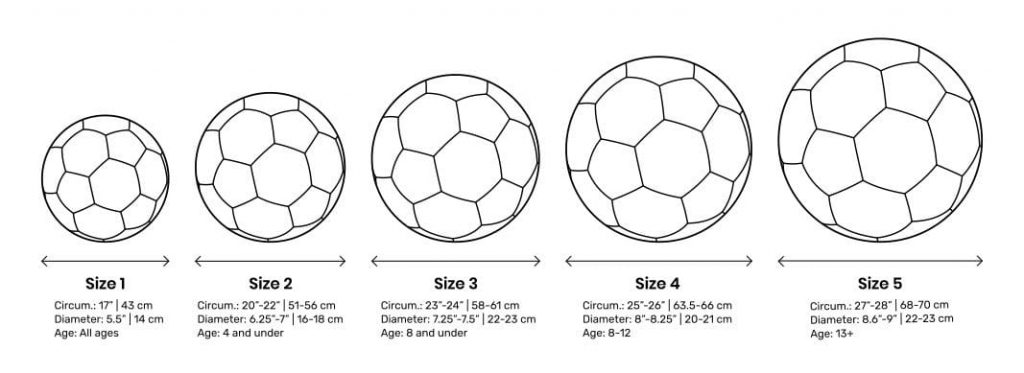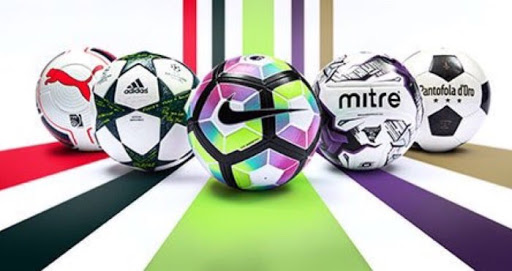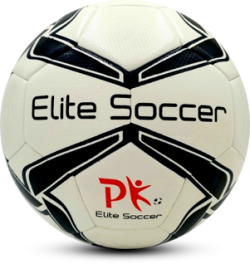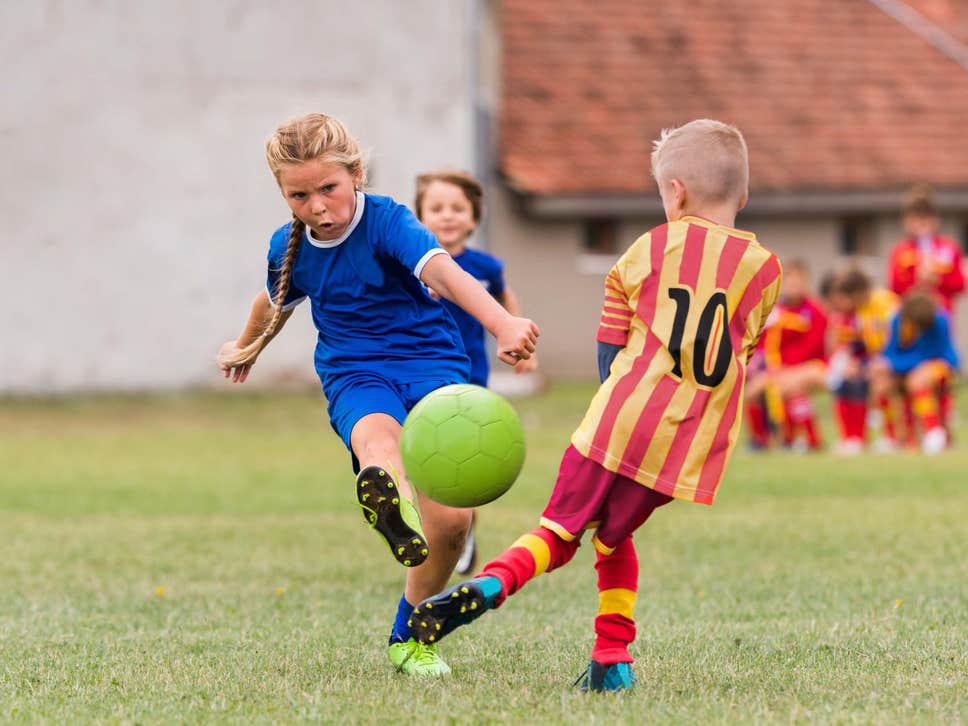When it comes to playing soccer, no matter what level, selection of the right ball for your child is foundational for development and therefore should not be overlooked. Choosing the right ball should be given the same attention as you would for choosing the right cleats and other necessary gear. A soccer ball that is too large would be too difficult to kick. A soccer ball that is too small would be too difficult to have control over.
Below is everything you will need to know about selecting the right soccer ball for your child:
How to Choose

There are several methods for choosing an appropriate soccer ball. Since soccer can be played in different settings, indoors and outdoors, your choice of ball would depend on the intended use. Also the playing surface, whether on grass, artificial turf, muddy or paved, will all be important considerations. There is no point having a soccer ball that soaks in too much water in a muddy environment, or one that bounces too frequently on a paved surface. Essentially, the choice of ball must take into account the environment it will most commonly be used in.
Size Matters

Different age groups use different sized soccer balls. For a child in a team or league, the coaches or league would have specific information on the size required for their age group. A fine approximation of matching sizes and ages is as follows:
- size 3: 8 year olds and under
- size 4: 8-12 year old players
- size 5: 13 year olds and above
The size of the ball matters, because playing with a ball that is either too large or too small will affect how much one can develop and improve as a player. A child playing with a soccer ball above their age group may not adequately perform different skills that are required at that stage of development. Therefore, it is necessary to ensure the size used in team sessions is also used for private practices. If a child finds it challenging to use the appropriate size ball for their age, it is best not to lower the standard, but guide them with small steps until they become comfortable and familiar with the ball.
Cost

Parents must also consider several options when deciding how much money to spend on buying a soccer ball.
There are four types of soccer balls available:
- Recreational balls
- Camp balls
- Training balls
- Game balls
For a child that wants to play casually, as in not being on a team or intending to join one, the best place to start is with a recreational ball. It should be noted that recreational balls have low durability and lower quality synthetic leather, therefore only having a retail price between $12 and $15.
If you are interested in a longer lasting ball made with slightly higher quality material, purchasing a camp ball may be more ideal, costing you anywhere from $20 to $25.
The training ball is the ideal ball for a child who is playing a part of a team. The quality of a training ball is very similar to the balls that are used on game days, so it is beneficial to practice with them and become comfortable playing with them.
Official match game balls are used in professional soccer and are very expensive, ranging anywhere from $100 to $200. These balls are not recommended for children who simply want to train and improve their soccer skills.
Training for Specific Skills

Whether the child is playing recreationally or competitively, specific soccer balls could help them master certain skills in the game. Technical details of a soccer ball now become important, especially the panels on a ball. The shape of the panel on the ball and the number of panels all play a part in the ball’s aerodynamics. Soccer balls with a lower number of panels generally travel faster, whereas balls with a higher number of panels are easier to have control over.
For a child training to be a goalkeeper or a striker practicing their shooting, the ball should not be too hard. Also, if the ball is too soft, it would be manipulated too easily by the wind and ruin accuracy. This is why finding the perfect medium is essential for a child to be able to continue to develop their skills.
Where to Purchase Soccer Balls

The two main ways to purchase a soccer ball for your child are either in store or online. The advantage to buying one in a store is that the child has the opportunity to physically touch the ball and know whether they like it or not before purchasing. The downside to buying in store is because there may be limited options and even priced a little higher than usual. When buying online, you have access to a much wider selection at varying price points.
We highly recommend checking out the soccer shop at Elite PK for quality camp and training balls. Feel free to click the link to view available offerings: http://elitesoccerpk.com/shop/.



